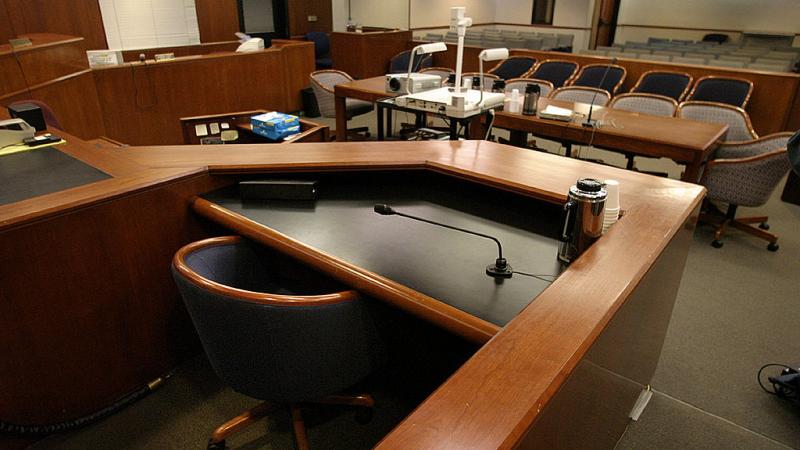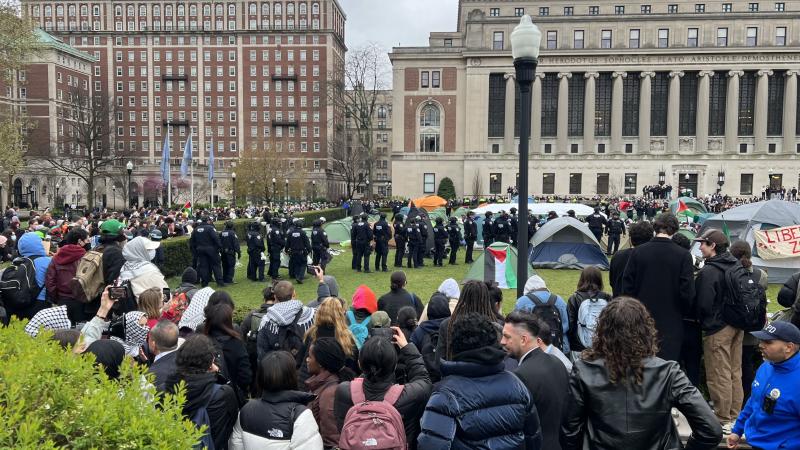Amid pandemic closures, chefs turned to social media, revamped menus to stay fresh and make money
Furloughs, restrictions have presented opportunities for creativity, innovation.
Over several months of lockdowns, stay-at-home orders, and out-and-out prohibitions on indoor dining, restaurants and chefs across the country have had to adapt in order to stay afloat amid an environment of economic difficulty and uncertainty.
Countless restaurants have gone under. Yet in many cases restaurants have been able to more or less improvise their way through the regulatory and social landscapes of the coronavirus pandemic, working around dining restrictions and reaching customers unable or unwilling to go out to dinner anymore.
Many chefs, meanwhile — both those attached to restaurants and involved in other cooking-related endeavors — have turned to social media to stay fresh and in some cases keep up a small flow of cash.
'It's something that I had thought about doing for a while'
Early in the pandemic, Brian Lagerstrom, a St. Louis-area chef, found himself furloughed from his job at a food distributor, where as a chef he helped local restaurants keep their menus fresh. "Restaurants just weren't able to buy food and serve the number of people needed to sustain staff," he told Just the News.
With a significant amount of free time now on his hands, Lagerstrom turned to YouTube, where he and his wife developed a cooking channel in which he instructs home cooks in how to create a variety of dishes.
"It's something that I had thought about doing for a while, but never had the time or motivation," Lagerstrom said. "Obviously I knew the cooking and recipes part, but there was a steep learning curve to understand the filming and editing."
"Youtube channels are a slow burn," he said. "You have to make a small investment in gear up front and it takes a while before the channel becomes monetized." Lagerstrom said the channel hasn't begun to turn a profit yet, but he expects it to begin doing so soon. In the meantime, he has also sourced donations from the crowdfunding site Ko-Fi.
Lagerstrom, who has since returned to work, said that he still expects to continue working at the YouTube project, in which viewers learn how to make dishes ranging from home-fried hardshell tacos to apple fritters to Olive Garden-style salad and breadsticks.
"We decided when we started the channel that we'd give it a go for two years," he said. "If after that time it hasn't become a successful channel in the traditional sense, I will probably still make and post videos, but cut back to only a few per year."
Other chefs have similarly turned to several types of media to reach home cooks and give cooking lessons. Massimo Bottura, the proprietor of the globally exalted Osteria Francescana in Modena, Italy, has numerous times on his Instagram page broadcast simple Italian recipes from his home, dubbing it "Quarantine Kitchen."
Multiple celebrity chefs, meanwhile, collaborated with Selena Gomez in a cooking show in which they attempted, via video chat, to teach the former Disney actress how to cook in her own home. The show debuted last month.
The chefs were in part responding to an explosion of home cooking in the early parts of the pandemic, as Americans turned to their kitchens to experiment with baking and other unfamiliar cooking techniques to pass the time and keep themselves fed. Home cooking has remained a steady feature of Internet content over the course of the lockdowns (though lately Americans have indicated that they are growing stressed with the amount of cooking they've had to undertake over the last several months).
'We're just going to have to be so flexible'
Adam Altnether, the owner of Elmwood in Maplewood, Mo., said his restaurant, like many in the country, transitioned to fully takeout for about six weeks at the outset of the pandemic. "It was a crazy pivot for us," he told Just the News.
"A lot of places just shut down for those eight weeks, and that wasn't something we could even think of doing," he said. "We had to let go of 95% of the team and figure out how to make our menu drive-able. We had never really faced this challenge. It's the hardest thing I've ever been through in this industry."
Altnether said Elmwood was originally envisioned as being a sit-down fine-dining establishment. For the time being, it is serving a midsize menu of artisanal pizza and a few other Italian staples. "Elmwood will eventually go back to something else, not pizza," he said, adding that even amid the last few crushing months of reduced consumer spending, he and his partner managed to get a lease on a new place for another restaurant.
Elmwood's shift to more convenient takeaway-style food is not unique: The phrase "curbside pickup" became ubiquitous throughout the country over the spring and summer, as restaurants scrambled to pare down and revamp their menus to fit better inside to-go boxes. The use of food delivery services exploded across the country to take advantage of the new paradigm.
Never a forgiving industry even in the best of times, restaurants — with narrow profit margins running around 5% — have been hit harder than many trades during the shutdowns. In New York, for instance, a majority of restaurants could close due in part to reduced dining capacity and shriveling monthly receipts. Some experts have estimated that up to a third of restaurants could close nationwide.
Many restaurants have turned to outdoor and patio dining to continue serving as many customers as possible while still complying with local mandates and catering to customers who wish to be spaced far apart from others. Yet as the weather turns cooler and outdoor dining season begins to wane while COVID-19 fears still remain high, experts are fearing major closures in an already-walloped industry.
Lagerstrom predicted that many restaurants will come out of the other side of the pandemic in good shape while others will continue to struggle. "It's unfortunate," he said, "but it honestly reflects how restaurants stand in the economy as a whole in comparison to other types of businesses."
"What dining out becomes in the next two years is obviously so unknown," Altnether said. "We're just going to have to be so flexible, to be ready for anything."
He pointed out that his own restaurant recently did thousands of meals for essential workers. "I think it's been bringing the community together," he said of the difficulties related to the pandemic and the shutdowns. "We're all going through this craziness, but you still have to put out the best product you can."
















